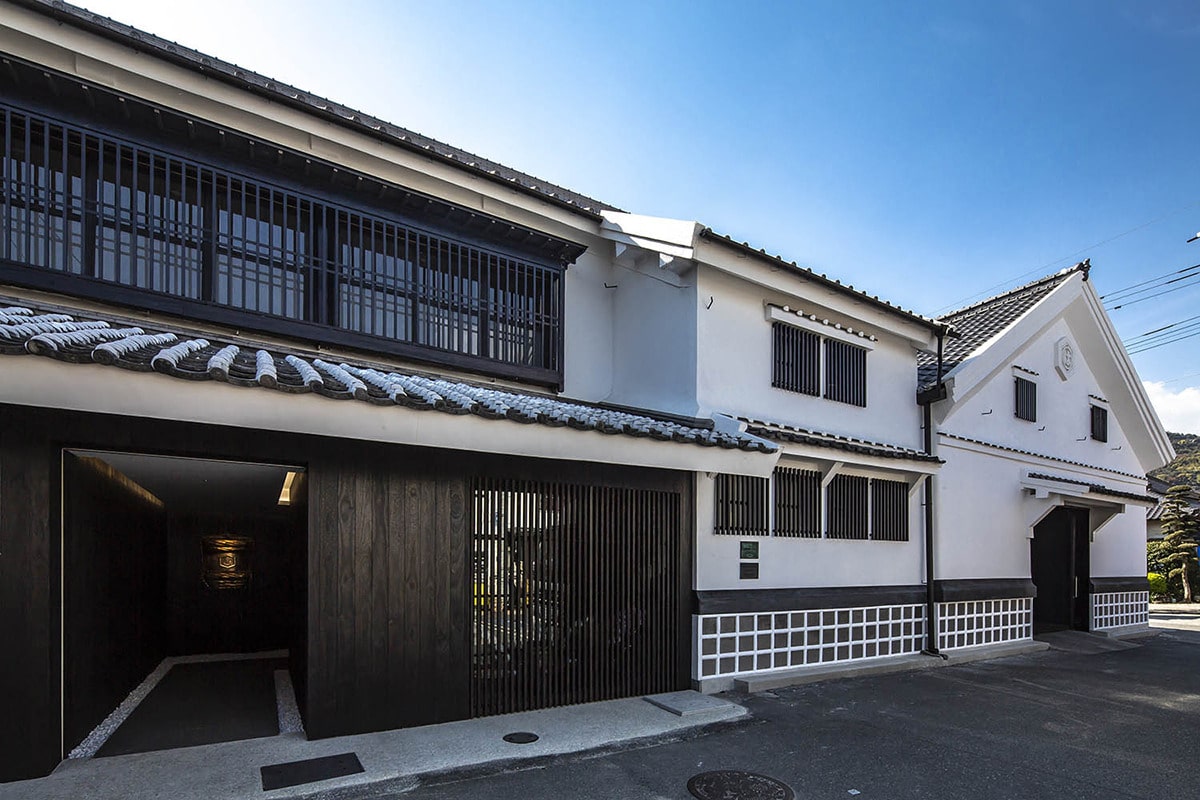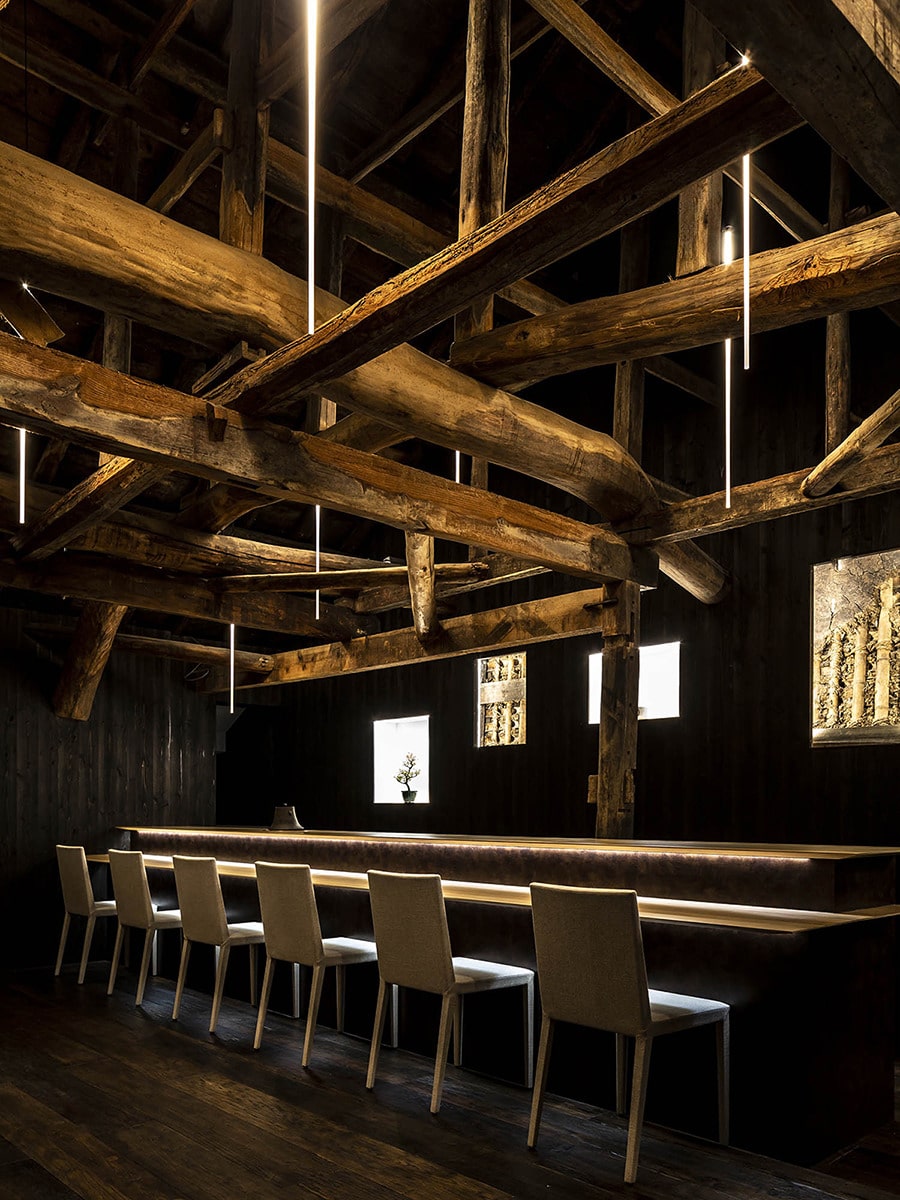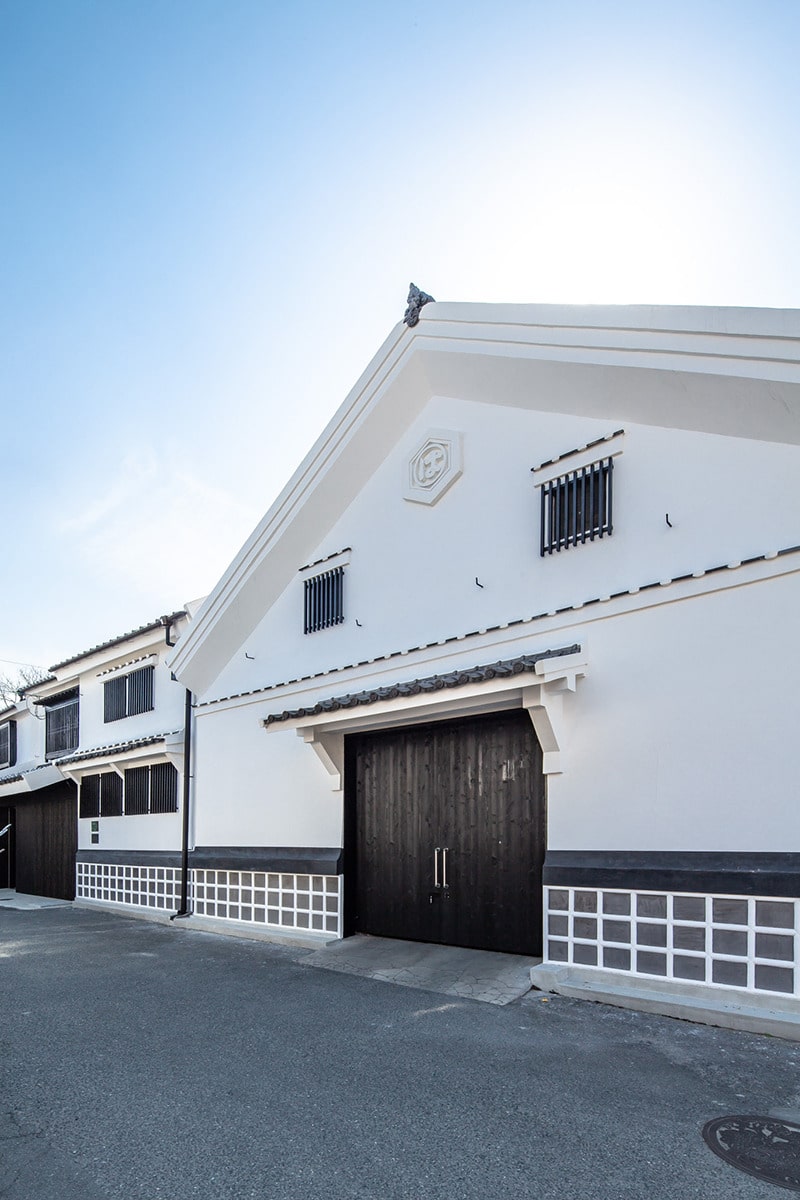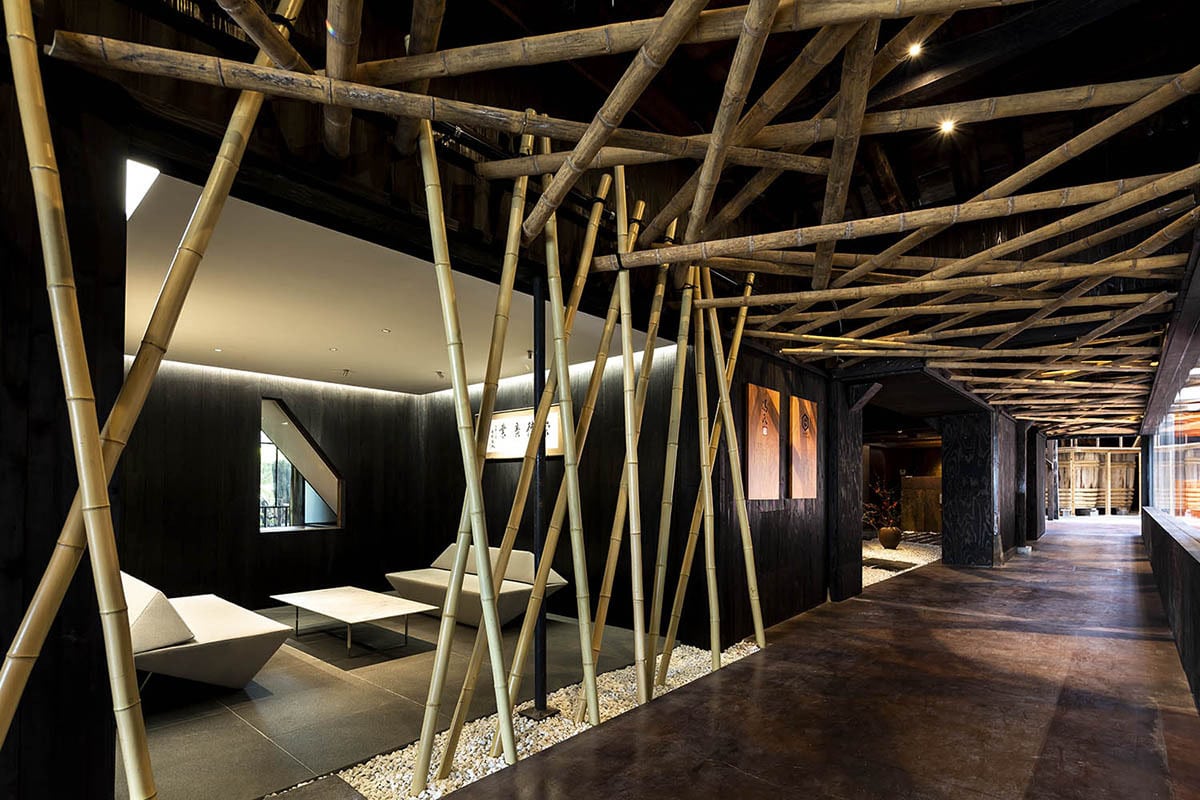An Earthquake-Damaged Factory, Brought Back to Life
In 2016, a powerful earthquake hit Kyushu, the southernmost island of mainland Japan, causing severe damage to the city of Kumamoto. Many of the area’s historical buildings suffered damage, with the factory and storehouses of 200-year-old soy sauce makers Hamada Shoyu amongst the casualties.
Hamada Shoyu’s oldest storehouse, or kura, had survived the Edo, Meiji, Taisho, Showa and Heisei periods. On hearing of its sudden decline, internationally renowned architect Kengo Kuma pledged to come to the kura’s rescue, determined to see the factory live through another era. After three years of careful renovation, this summer saw the historic storehouse reopen its doors as a beautifully restored factory, showroom, café and shop. Showcasing both process and final product, visitors can now discover the history of soy sauce making in Kumamoto before sampling Hamada Shoyu’s much-loved sauce at in-house Usagi Café.
Images: Hiroshi Kuwahara, Kengo Kuma Architects




